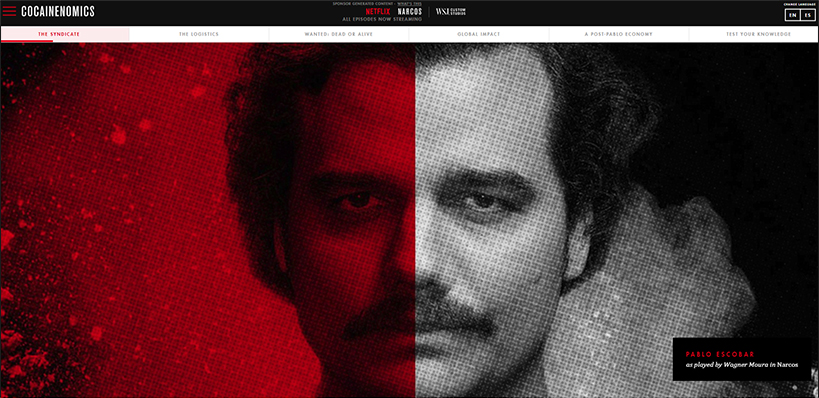The Simple Lowdown on Native Advertising Online & Why it Works
December 8, 2017
December 8, 2017

Move over display ads…it’s time to make way for the allure of native advertising! Sometimes referred to as advertorials or sponsored content, native ads are a type of paid media – be that an article, video or infographic – where the ad experience follows the natural online user experience on both desktop and mobile, giving the look and feel of natural content, consistent with the style and voice of the platform within which they appear.
As stated by the Native Advertising Institute in their ‘Native Advertising Trends 2016: The News Media Industry’ report: “Frequently this advertising content topic is not directly about the advertiser’s brand, but rather is about a tangential or supporting topic or topics that may create a “halo effect” on the brand.” Action Digital outlines all the reasons why native ads are the way to go in 2018!
It’s a mad, crowded world out there in the digital landscape and users don’t want added distractions. If you’re not interfering with the user experience, you’ve already scored brownie points. After all, who wants something following them around the internet and interrupting them when reading an article, doing a spot of online shopping or consuming a video?
We’ve all heard about banner ad blindness, and despite creative flashes and all sorts of attention grabbing attempts, traditional banner ads are a nuisance. The good news is that native advertising is here to change all that, with content that ties in with the natural user experience.

An increasing number of people these days use ad blockers and have little trust for anything that pops up on their screen that lures you into making a purchase. The simple fact is that savvy consumers today don’t want to be sold, they want something they can think about and dig their teeth into!
According to native ad research from IPG and Sharethrough, consumers looked at native ads 53% more frequently than display ads while native ads registered a 18% higher lift in purchase intent, and 9% lift for brand affinity responses than banner ads. StackAdapt research reveals that 51% of 18 to 44-year-old’s are more likely to trust branded content than traditional advertising.
Speaking about encouraging trust, we all know how important content marketing is these days, but how much can you possibly say via pay-per-click marketing? Not that much. Far more than just a picture and snippet of text, native advertising gives you the chance to form a true connection with your audience via creative and interesting content as you tell a story, create a buzz around your brand, and generate loyal followers as you entertain and elicit emotions. Check out the way Netflix collaborated with the Wall Street Journal to promote their Narcos series, creating an interactive portal exploring the history of the international drug trade () which includes maps, articles, a quiz and more!

It’s hardly surprising that companies like Facebook, Instagram and even LinkedIn, have seriously pursued the native advertising bandwagon, with plenty of creative innovation with seamless ad experiences within these social media platforms. In this light, the shareable nature of native advertising is right up there among its top attributes; the moment you form that connection with the consumer, you know that a share is just a click away!
With the main aim being that of connecting with the consumer, there’s no better way to do it that than via high quality mobile friendly video which can be published across social media apps, grabbing attention and driving business goals. Helping promote a sense of trust for a brand, 57% of consumers say that videos give them more confidence to make purchases online.
Although a few years old, here’s a great native ad example by Microsoft promoting what was then the new internet explorer. One of the first native ads of its kind, it set a trend for ads that really tap into a world of emotions (in this case, memories from the 90’s and how much things have changed), without a direct focus on the sale of the product at hand.